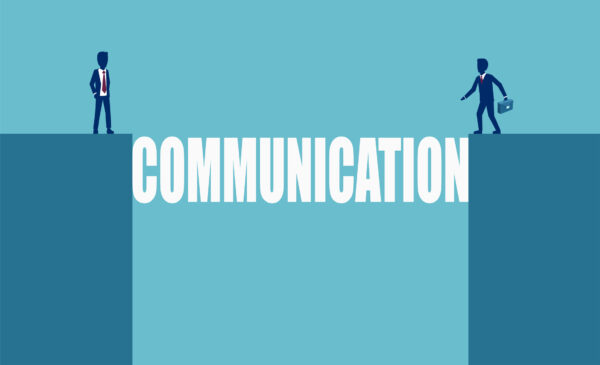Holding Challenging Conversations
Shawnee Love • March 7, 2019
Last week we talked about how an employee’s perception is reality. If you are about to dive into a challenging topic (e.g., performance improvement, conflict resolution, etc.) with one of your employees, here is a conversation guide which may help prevent misunderstandings while moving your organization towards its goals:
- Start with your intentions for the conversation. Be up front about them- all of them. It goes without saying that if your intentions are not positive or constructive, then the conversation probably shouldn’t occur.
- Articulate what outcome you want to reach. Ensure the other person understands your desired outcome and his or her role in achieving it. E.g., is s/he a co-decision maker, or simply the one executing the actions.
- Identify the current situation. What is happening now? Check in with the employee regarding his or her understanding of the current situation to ensure you both have the complete picture.
- Collaborate on how to achieve the desired outcome from your current situation. Engage your employee in the possible solutions and at the same time be realistic about the viability of each possibility. Beyond time sensitivity, resource availability and budget, my test for whether an option is viable is:
- Is it legal?
- Is it ethical?
- Is it credible? and
- Does it lead to the most positive outcome(s) for the organization and stakeholders?
- At the end of this type of discussion, you (and your employee) should have eliminated some options and be able to make a decision on a path forward. At that point….
- Clarify the path you agree on and determine when and how you will follow up for best results. Set dates and times for check ins to ensure the plan is followed. I also find it helpful to ask for a summary email from the other person which outlines what s/he thinks we agreed to, so I can ensure we have the same understanding.
As the boss, you have the ultimate ability to remove and replace an employee who isn’t coming to a mutually agreeable solution on how to improve or move forward. However, there is a vast difference between someone who can’t perform because s/he lacks the skills or knowledge, and someone who won’t perform.
Can’t vs. Won’t
Can’t
If the employee can’t do the work, then this is a challenging conversation because it is pointing out opportunities to improve (also known as areas of weakness). If done well, this conversation is growth oriented and leads to skill and knowledge development. However, if you reach a point where the employee is incapable of meeting standards, it is time to make a decision regarding whether you will release or re-position the employee or reset your own expectations. This decision and subsequent actions create the need for additional difficult conversations which we often are called to assist with.
Won’t
If the employee won’t do the work, you have to ask yourself if the person is being insubordinate (which isn’t acceptable) or there is something else going on. Steve Jobs once said: “It doesn’t make sense to hire smart people and tell them what to do; we hire smart people so they can tell us what to do.” It’s good advice to remember, when determining how to proceed.
Fortunately, following the five steps to challenging conversations allows for two-way dialogue which will (if your employee feels safe enough to be candid in his/her disagreement and you have an open mind and good listening skills) result in a better solution than you would have come up with on your own.
If you need more information on how to handle a particularly difficult conversation, we’d be happy to help.





